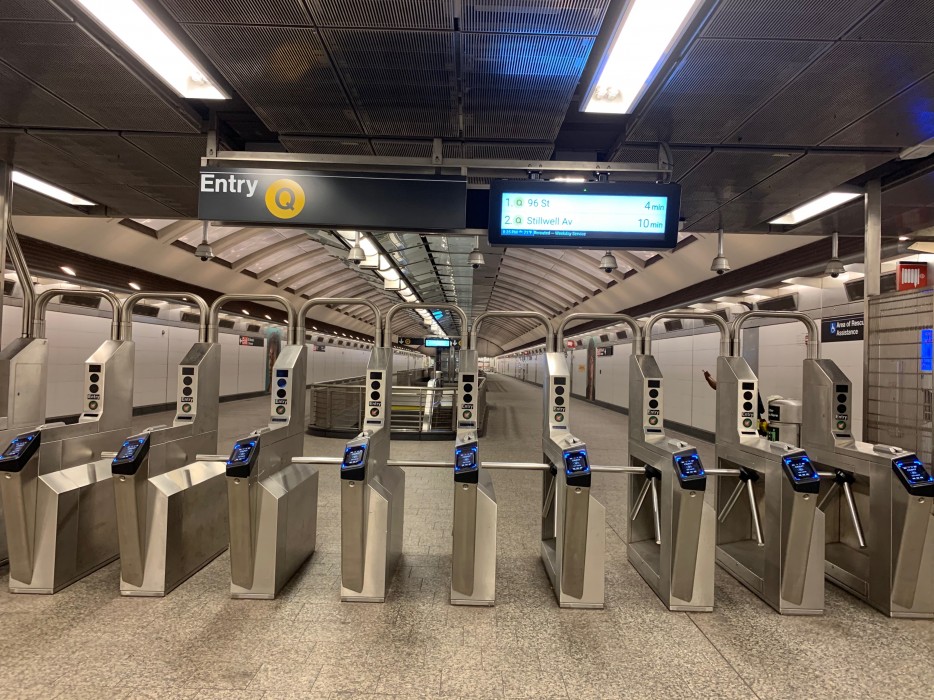Related


In the New York Review of Books, Research Scholar Eric Goldwyn’s “Costly Lessons from the Second Avenue Subway” reviews Philip Plotch’s book, Last Subway: The Long Wait for the Next Train in New York City. Goldwyn writes:
In our research on transit-infrastructure construction costs at NYU’s Marron Institute of Urban Management, my colleagues Alon Levy, Elif Ensari Sucuoğlu, and I have collected data on more than five hundred urban rail projects in fifty countries and found that New York’s are consistently the most expensive in the world. Outside of New York, new subways and extensions typically cost between $250-$450 million per mile. While every project is unique, it is not immediately clear why digging a subway on the Upper East Side is twenty times more expensive than in Seoul or ten times more expensive than in Paris.
He offers insights as to why this might be the case:
The incredibly high costs of phase one of the Second Avenue subway highlight three problems that plague transit-infrastructure costs across the country. First, although phasing projects reduces voters’ and the federal government’s initial financial commitment, this incremental approach creates downstream costs. In the case of the Second Avenue subway, expensive work that could have been done once for the entire project, such as launching the tunnel boring machine or carrying out environmental studies, must now be replicated for each phase of construction. Second, the procurement process has not galvanized robust competition to bring down costs. Only two companies bid on the contract to dig the tunnel for phase one of the Second Avenue subway, making the final cost of digging 20 percent more than the initial estimate. Third, the MTA’s efforts to comply with regulations, mollify people who are impacted by the project, and appease other governmental agencies leads to decision-making that often accepts additional costs unrelated to the project, such as sewer line replacement, noise mitigation, alignment changes, or street rebuilding even for those unaffected by construction.
Please fill out the information below to receive our e-newsletter(s).
*Indicates required.